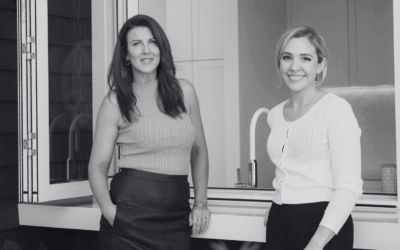Loan Structure
When purchasing a property, refinancing or just renegotiating with your current lender, you can decide between:
- Fixed-interest loans that maintain the same interest rate over a specific period of time, or
- Variable-rate loans that charge interest according to market rate fluctuations.
THE CONS
Fixed-rate loans usually come with a few conditions. The main drawback being, if you pay off the loan early, sell the property or switch to variable interest during the fixed rate period, you may incur hefty break fees.
Additionally, you do not have the option to offset a fixed loan. Meaning, if you have substantial savings in the bank it may not be the best option for you.
THE PROS
Locking in the interest rate on your home loan can also be very beneficial.
Stability
For those trying to maintain a budget, a medium-to-long term position on a fixed rate can protect against the volatility of potential rate movement. Fixed rates are locked in for an amount of time that is prearranged between you and your lender. There are some lenders that offer seven-year or 10-year fixed terms, but one to five years are the most popular.
Pre-approval
This means that you can apply for the fixed-rate loan before you find the property you want to buy. When you apply for a fixed rate, you can pay a fixed rate lock-in fee also known as a ‘rate lock’, which will, depending on the lender, give you between 60 and 90 days from the time of application to settle the loan at that fixed rate. Pre-approval can also help you understand how much money you are likely to have approved upon official application. Knowing that your potential lender will offer a fixed-term fixed interest loan gives further peace of mind for the budget conscious buyer.
Split Loan
We regularly suggest to our Client that they split their loan. This option allows you to split your loan between fixed and variable. For example, you can fix a portion of your loan whilst the remainder is variable. This can increase your flexibility, when interest rates change and to also utilise your offset account to the best of its abilities!
Checking in
At the end of your fixed-rate term, your loan agreement will include information about your ‘revert’ variable rate – which, in our experience, isn’t always the lowest the lender will offer. If you are existing Two Birds client we will keep tabs on your home loan, specifically your fixed term expiry and contact you in advance of the expiry to discuss your options.
If you aren’t a Two Birds client and nearing the end of your fixed rate term, interested in fixing or simply refinancing please drop us a line – we love to help!



